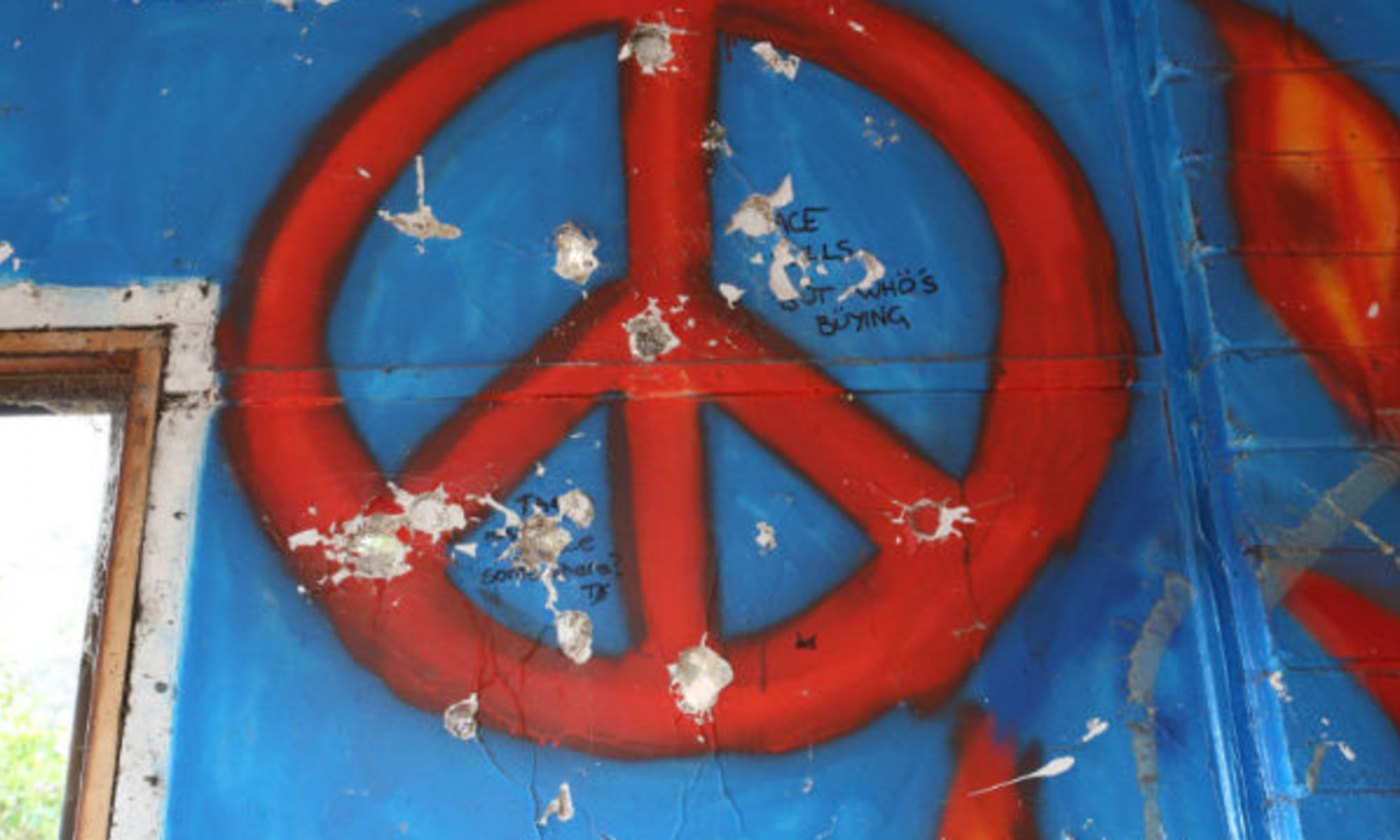by Srishti Sharma
By Srishti Sharma

“It is not down in a map, true places never are.”
I had never viewed spaces the way I do now before Professor Guntram Herb’s session on spaces of domination and reconciliation. I came to realise how spaces become grounds for domination and conflict as well as catalysts for reconciliation and peacebuilding. Spatial imagery can be created through “national” education or the construct of nationalism. A sense of attachment, belonging and home is created by labelling a place with certain character. National monuments, war memorials, religious places, walls with signs and murals, flags, certain colours, naming of roads, structure etc. and statues are all used to create an idea of a nation that act as a symbolic gesture for claiming the space.
“…Nationalism asks you to believe that the country you happen to live in, by amazing coincidence, also happens to be the greatest country in the world…”
It is also very important to notice that the control of space acts as a mean to establish social control. And the whole idea of control gives its way to territoriality. “Lands are the result of societies. They are tools for domination and power.” We mark our space, claim territories to which the land of the law applies. Territoriality is “…an attempt by an individual or group to affect, influence or control people, phenomenal and relationships…” Territories are a proponent of power structures and lead to social control. Sharing of land or territories entails complex interactions between groups and individuals. We must try and grasp a sense of how a place is structured. It is important to form an understanding of how it can act as a harbinger of either peace or conflict.
Place and space can play a significant role in the process of peacebuilding. Geographically segregated boundaries that often lead to conflict can also be used to reunite people socially. Thus, when the process of peacebuilding takes shapes, a public or neutral place is chosen to formulate it. For instance spaces like ‘the no man’s land’ was recognised as a neutral and needed to be acknowledged by people on both sides of the borders. It helped in communication during interreligious or international conflicts. But, can neutrality as a place exist? Who creates or imposes that neutrality? In my opinion, from an ideological perspective an idea of a neutral space is impossible. All the places or spaces even though we may call them “neutral” are always governed by the belief system and structures of the dominant power, whether religious or rationalist. For attaining peace, neutrality is a very useful and important tool. But it is time that we realise that there is a need to change the idea of neutrality. Neutral places are considered and are perceived as a third space which is void of a belief system. This in turn should be changed. There should be an attempt towards creating a space where all ideologies are held openly and there is equality. For spaces can definitely be agents of peace.


